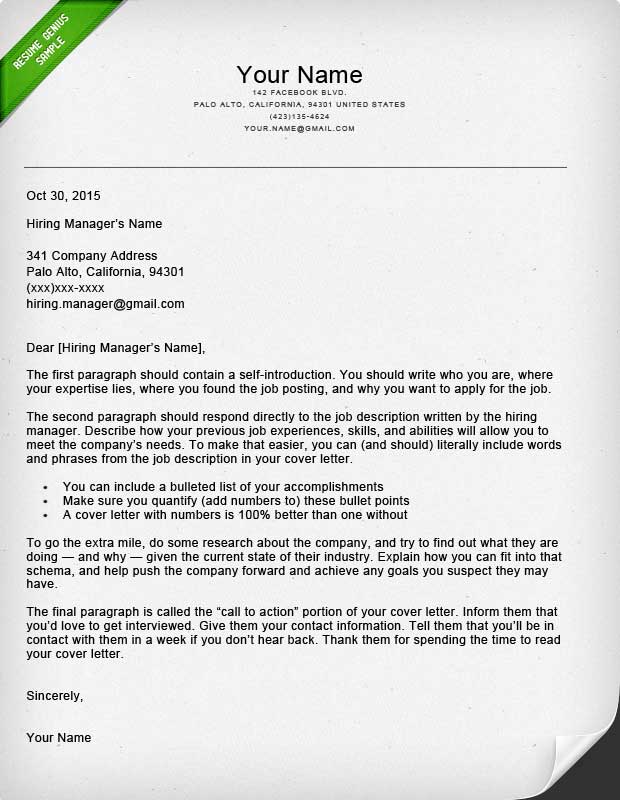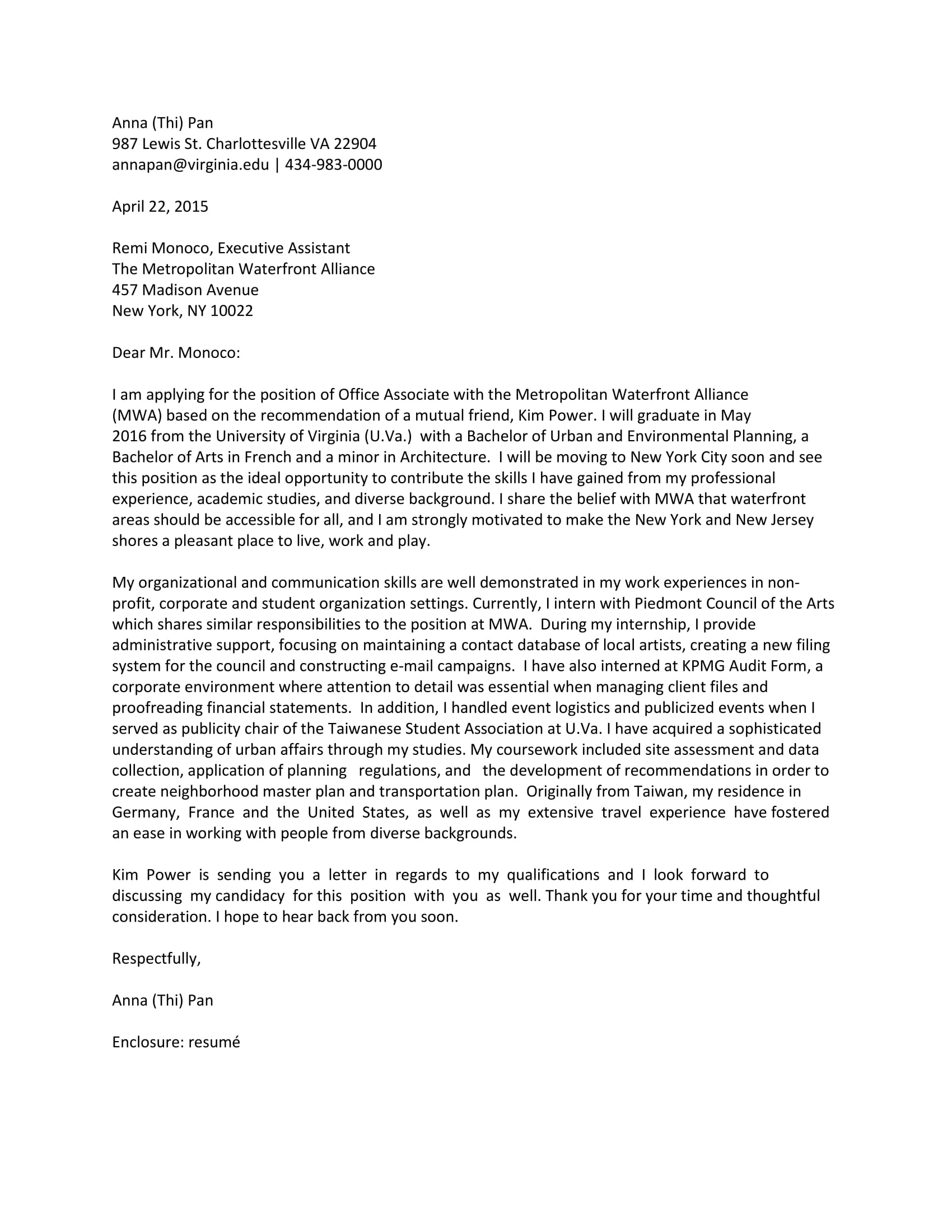
It is supplemental to your resume, which is a bit more formal and extensive in terms of showcasing your experiences. Explain why you’re the person for the job and a good fit for the company to which you’re applying.Showcase your highest-level achievements and experiences.Plus, we even provide a cover letter outline and a sample cover letter for reference! So, what is a cover letter? what to avoid in the letter as a job seeker.
#How to write a cover letter full#
Throughout this article, we will provide you with a full understanding of: Maybe you’re proud of your resume, a polished list of your accomplishments that you’ve spent hours and days perfecting… But you don’t have any experience writing a cover letter. You fill out your contact information, and you see that the next step is to upload your resume and cover letter.

If you’re lucky enough, you’ve come across a job that lines up perfectly with your skills and what you want to do. You open up the job posting, read through the role, the responsibilities, and the required experience, and you begin thinking about all the ways you fit the description. You may have spent a long time surfing company job boards and platforms such as Indeed, Glassdoor, and LinkedIn, hoping to come across the next best job for you.
#How to write a cover letter how to#
Part of that is knowing how to write a cover letter. What you really need is a complete portfolio that explains who you are as a job candidate. But simply knowing what you want to do–or what you don’t want to do–isn’t enough to actually land the job.

If nothing else, it’s practice in pitching your strengths, a skill you can use in your job interviews.Realizing what you want to do is a significant step in the right direction when seeking a job. There’s no harm in sending over an extra attachment, and it might even help boost your chances of getting an interview. Running spell check takes 30 seconds, so make it a habit to run it before you send both your cover letter and your resume.Įven if a cover letter isn’t required, it’s worth submitting one anyway. There’s no excuse to send a cover letter, or any document for that matter, that has spelling and grammatical errors. Use bullet points from the job application to highlight your relevant skills or experience. Make sure to include the position your applying for as well as the name of the company. To save yourself time, create or use a form or template to use as an outline that you can customize. There’s nothing worse than a cover letter that’s clearly been copy and pasted without any customization to the job you’re applying to. If you can’t find it, then address the cover letter to ‘Hiring Manager at (name of company)’. If it’s not readily available, a few minutes of googling or searching LinkedIn should uncover it. Your cover letter should be addressed to the hiring manager by name whenever possible. It’s a subtle way to show the person reading it that you’ve done your homework and you understand what they’re looking for. Match the level of formality of the job to the formality of your cover letter. Get a feel for the company culture by reading the tone of the job posting and researching the company online. If you’re applying to a corporate job, your cover letter should be more formal than if you’re applying to a startup. Match the tone of your writing to the company culture. Keep this brief, your cover letter shouldn’t be a biography.

If you were away from the workforce for an extended period of time, explain the real-world skills you learned in that time that are relevant to the position you’re applying to. If you went back to school, explain that you made that choice to gain deeper knowledge. If you have gaps in your work history, you can offer a brief explanation why.

Your cover letter can provide a deeper insight into your job history. Mention the skills that are your strengths in your cover letter and use examples to back them up. These soft skills are harder to highlight in your resume, so the cover letter is the place for you to showcase them. Soft skills such as communication, problem solving, and creative thinking are extremely valuable and desirable to employers. The point isn’t to just say that you’re good at something, it’s to show how you’re good at it. Elaborate on how you use your data management skills and the results that you’ve achieved by using those skills. Don’t just say that you are great at data management, illustrate it. Just like adding quantifiers, examples make a much greater impact.


 0 kommentar(er)
0 kommentar(er)
